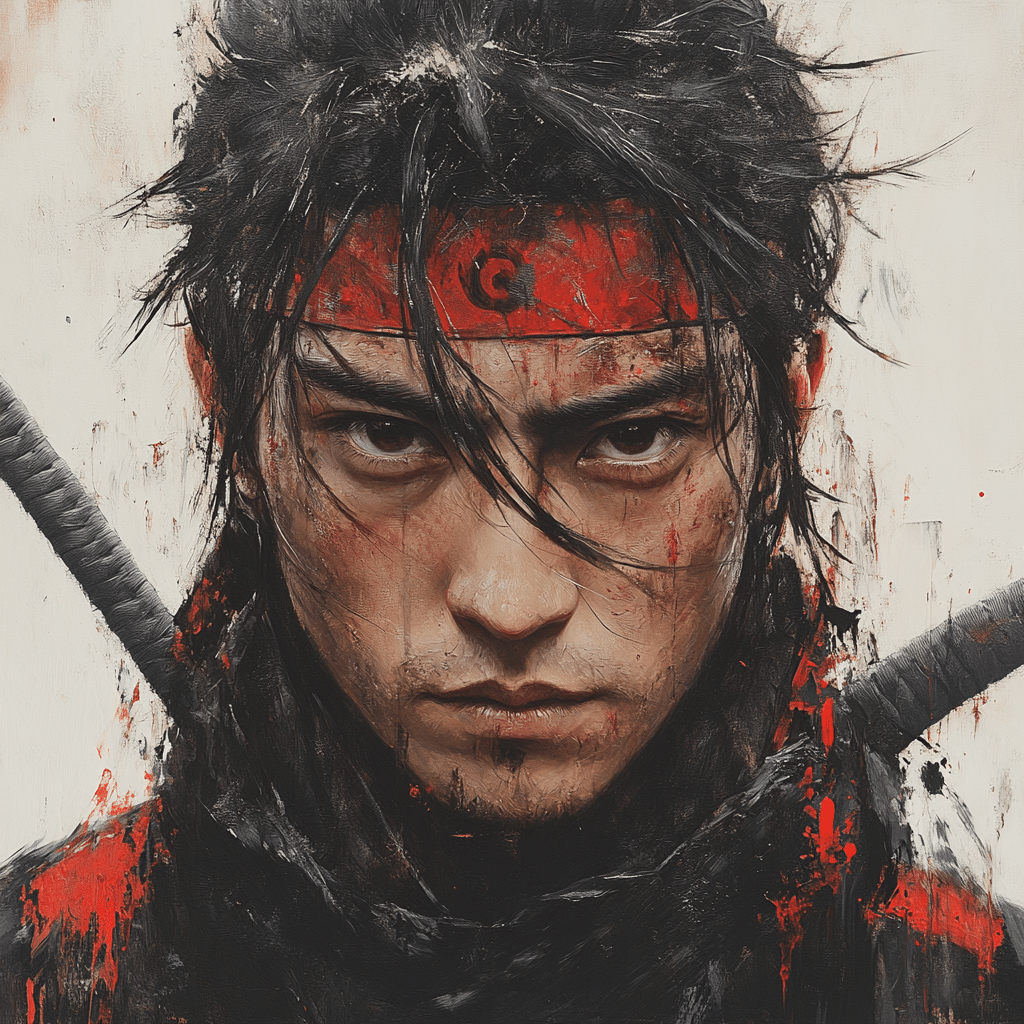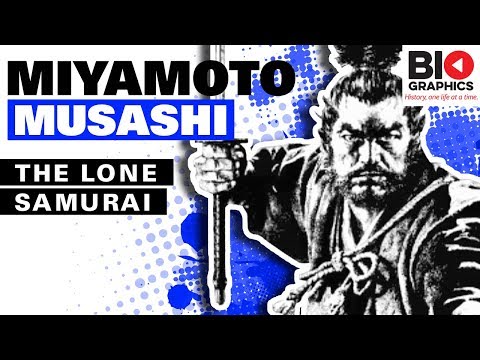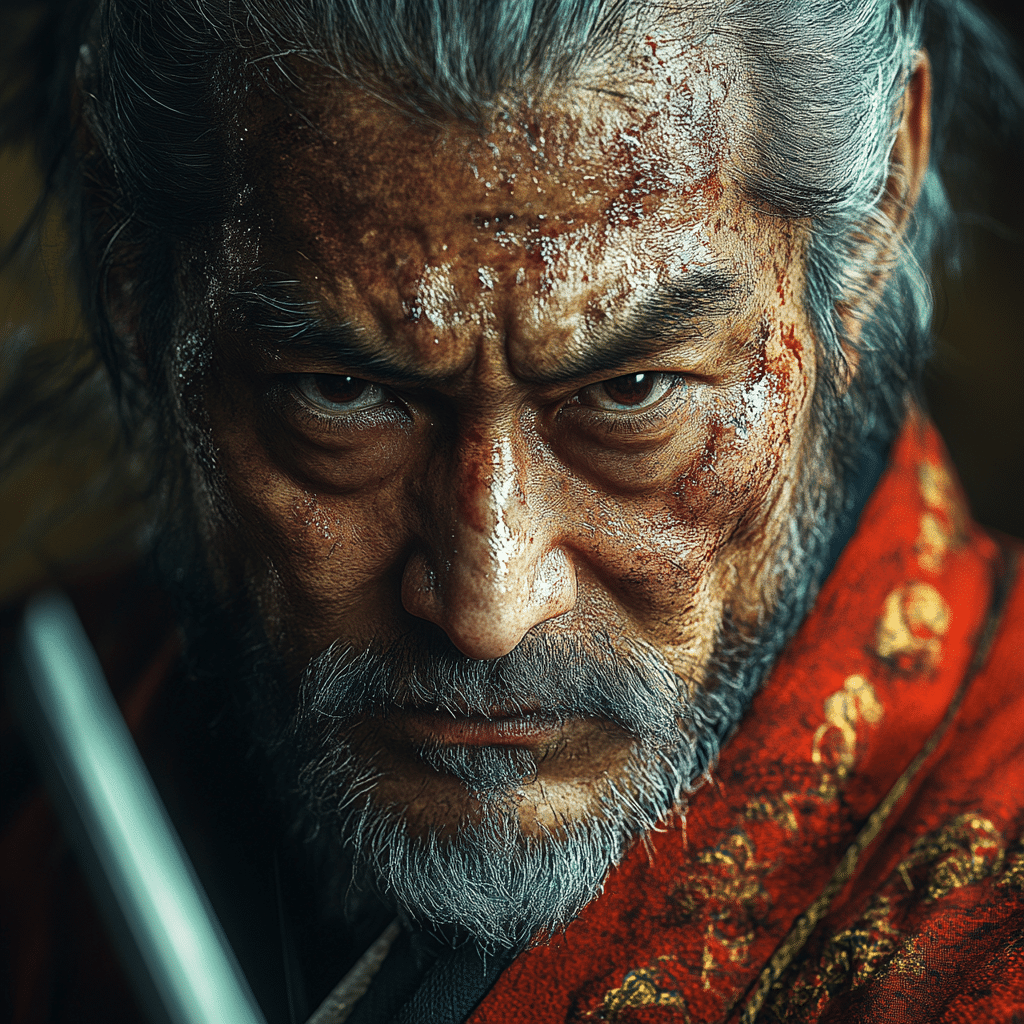
Musashi Miyamoto The Legendary Samurai Who Redefined Bushido
The Life and Times of Musashi Miyamoto
Musashi Miyamoto, born in 1584, stands out as one of Japan’s most celebrated samurai warriors. His story is more than just a tale of swordsmanship; it’s a reflection of a pivotal era in Japanese history marked by the quest for unification among powerful daimyos, such as Oda Nobunaga. During this tumultuous period, Musashi not only honed his skills in combat but emerged as a philosophical voice, shaping what we now understand as bushido—the way of the warrior.
His early years were steeped in conflict, with wars shaping the fabric of society around him. Musashi’s life path was not determined solely by his birthright but by his relentless pursuit of mastery in martial arts. Unlike many of his contemporaries, Musashi thrived on the challenges he faced, turning each duel and sword fight into a lesson. His unique approach to life and death would later inspire countless martial artists and filmmakers, along with cultural icons like Masashi Kishimoto, who sought to weave Musashi’s ideals into their narratives.
Musashi’s legacy is rich and textured, extending well beyond his dueling exploits. He lived a life defined by contradictions—fierce yet contemplative, a warrior yet an artist. His writings reflect not just the philosophy of combat but offer wisdom that resonates with many aspects of life, crafting a persona that influences both warriors and dreamers alike even to this day.
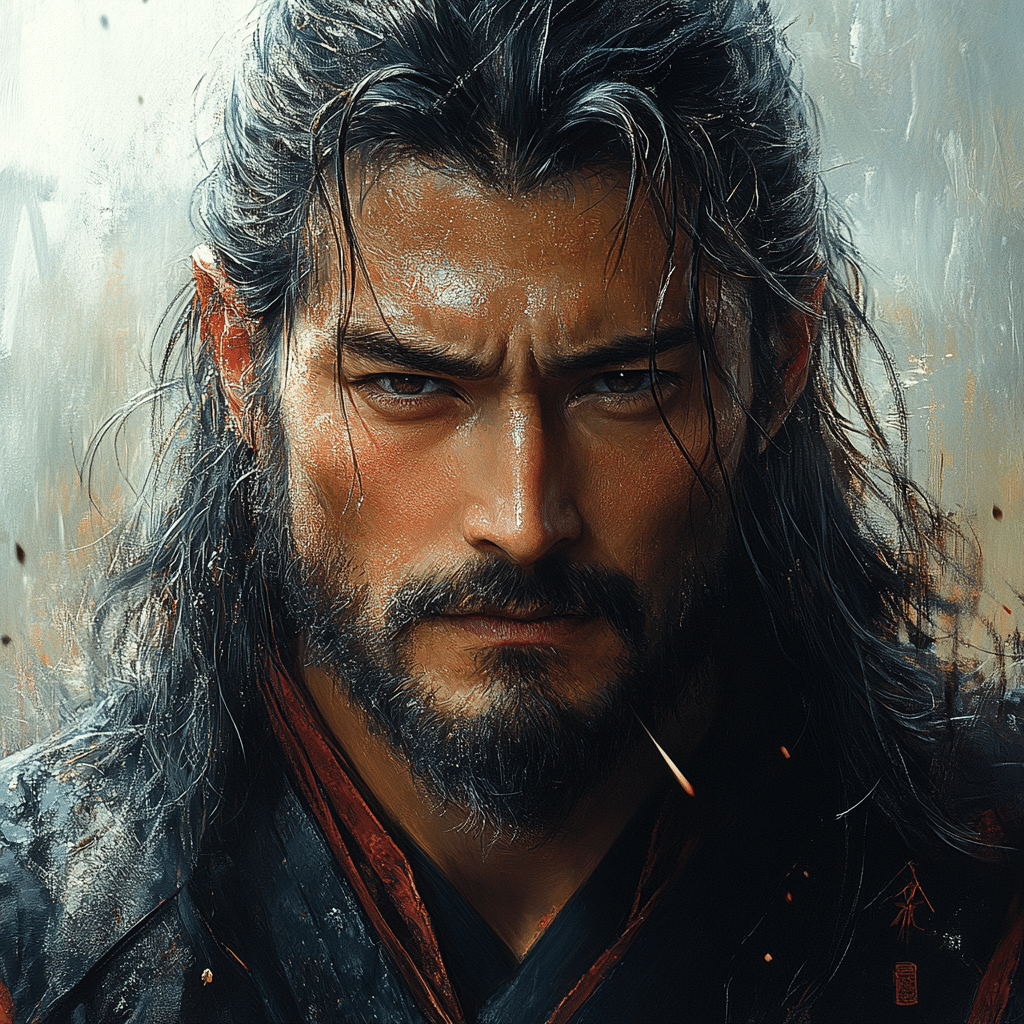
The Top 7 Ways Musashi Miyamoto Redefined Bushido
1. The Duel with Sasaki Kojiro
Musashi’s fabled duel with Sasaki Kojiro on Ganryūjima island is a fascinating chapter in his life. This showdown wasn’t just a test of skill but also a battle of wits. Arriving late as part of his strategy, Musashi turned the norms of honor on their head. Rather than following the expected tradition of punctuality, he redefined what it meant to honor a challenge, demonstrating that combat was as much about mental maneuvering as physical prowess.
The duel not only cemented Musashi’s reputation but also marked a turning point in bushido as it highlighted the importance of psychological strategy over mere brute force. This lesson resonates well in contemporary disciplines, from martial arts to business tactics, where outsmarting others often matters more than sheer strength.
2. The Book of Five Rings: A Philosophical Treatise
Musashi’s “The Book of Five Rings” serves as a seminal text that transcends traditional martial guides. It’s packed with insights that delve into strategy and self-awareness, blended with Zen philosophies. Many modern thinkers and creators, from entrepreneurs to artists, find inspiration in its pages, illustrating how Musashi’s insights dwell beyond mere swordsmanship.
What sets this work apart is its emphasis on adaptability and understanding one’s opponent rather than relying solely on physical technique. In fact, this can be observed in works like Masashi Kishimoto’s “Naruto,” where the themes of perseverance and insight into one’s strengths and weaknesses play out in character developments, revealing Musashi’s enduring influence.
The pragmatic wisdom encapsulated in The Book of Five Rings has managed to transcend its original context, fostering a dialogue on strategy and self-discovery that feels as relevant in today’s business world as in the martial arts dojos of yesteryears.
3. The Concept of “Tomodachi” in Bushido
Musashi introduced the concept of “tomodachi,” or friendship, which significantly colored his interpretation of bushido. Contrary to the isolated life often associated with samurai, he valued camaraderie among warriors. This perspective not only encourages loyalty and support but also shows that strength sometimes lies in unity and collaboration.
In a world where individualism often reigns supreme, Musashi’s idea reminds us to appreciate the bonds we build. This notion resonates even in modern Japanese culture, where teamwork and collective effort play pivotal roles in various aspects of life. The importance of community over solitude reflects Musashi’s awareness that success is rarely achieved in isolation.
Moreover, the influence of tomodachi can be seen in various contemporary arenas, from sports teams to collaborative workplaces, demonstrating how the spirit of mutual support fosters a more enriching environment.
4. Integrating Art and Combat
Musashi was much more than a fierce warrior; he was also an accomplished artist. His paintings and calligraphy underscore the fact that beauty and discipline go hand in hand in the martial path. His belief that artistry must exist within the realm of combat highlights the holistic nature of his approach to bushido.
By integrating personal expression through art, Musashi elevated the samurai’s identity, transforming warriors into custodians of culture. Today, that notion continues to find relevance, as the connection between sports and artistry evolves, evident in the performances of figureheads like Shinsuke Nakamura. Whether through wrestling or theatrical displays, the blending of combat with artistry mirrors Musashi’s own ideology, enriching the narratives we’re drawn to.
His life’s work serves as a reminder that mastery involves not just technical excellence but also an appreciation for aesthetics, passion, and the broader human experience.
5. Musashi and Modern Sports: Lessons from the Warrior Code
Musashi’s teachings resonate through modern athleticism, particularly in arenas such as Mixed Martial Arts (MMA). Here, fighters constantly navigate their opponents while adhering to principles that echo Musashi’s philosophies—strategy, patience, and discipline are fundamental.
Take Shinsuke Nakamura as an example; he embodies that convergence of traditional martial arts with modern entertainment. His grappling techniques reflect Musashi’s influence, showing that warriors don’t just fight but also engage their audience emotionally, celebrating their heritage while pushing the performance boundaries.
As athletes and performers today embrace Musashi’s teachings, they craft narratives that speak to the heart of competition. This connection highlights that the spirit of bushido thrives, evolving into various fields while instilling values essential for success.
6. The Legacy of Musashi in Global Culture
Musashi’s profound impact stretches far beyond Japan, inspiring a multitude of films and literature. Akira Kurosawa’s iconic “Seven Samurai” is a prime example of how Musashi’s ideals are woven into narratives that explore the samurai’s ethos.
The cinematic portrayal of samurai culture serves as a vessel through which audiences can explore themes of honor, struggle, and redemption. This storytelling not only preserves Musashi’s legacy but also introduces his principles to a broader audience. Filmmakers across the globe continue to draw from Musashi’s life, ensuring that the spirit of bushido remains alive on screens worldwide.
Moreover, as modern interpretations emerge, the fascination with Musashi’s life stories insists on their relevance. Adaptations, new narratives, and reinterpretations keep the dialogue going, proving that his legendary status is timeless.
7. Musashi in the Age of Technology
In today’s tech-driven landscape, Musashi’s teachings offer timeless wisdom for digital entrepreneurs and innovators. As they traverse their own battlegrounds in the competitive marketplace, the principles of strategy, adaptability, and resilience outlined by Musashi resonate profoundly. Business leaders today can draw parallels between their challenges and Musashi’s philosophies.
Entrepreneurs can embody the samurai spirit by fostering collaboration and valuing community in their ventures. Just as Musashi promoted the virtue of tomodachi, modern leaders are discovering that collective efforts often yield greater results than solitary pursuits.
The adaptability that Musashi championed speaks volumes to the fast-paced changes in technology today. Navigating disruptions, evolving customer expectations, and market demands require the very resilience Musashi embodied as he faced both physical and mental combat.
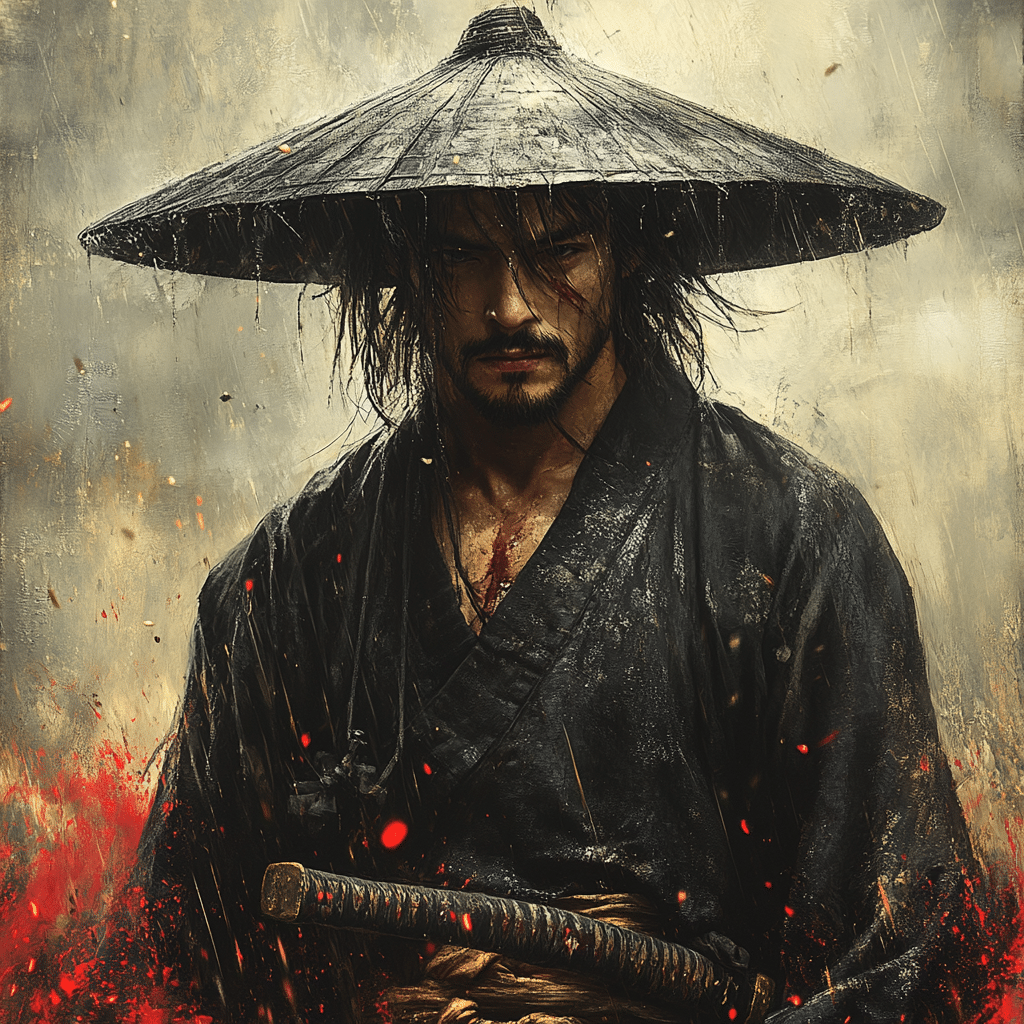
Building a Legacy
Musashi Miyamoto’s life and teachings impart timeless lessons that reach far beyond the 17th century. His redefinition of bushido captures a warrior’s essence while promoting holistic wisdom applicable to various aspects of life.
As we confront our own battles—whether in personal struggles, professional endeavors, or creative pursuits—Musashi’s legacy stands as a guiding light. He reminds us that true mastery encompasses not only skill but also the spirit of mutual support, discipline, and an unyielding passion for learning.
In a world rife with distractions, Musashi’s principles serve as a reminder to focus on the journey of self-discovery and growth, creating connections that enrich our shared experiences. So, let’s honor Musashi—by embodying the lessons he imparted, we might just carve our paths toward greatness in our own lives.
Musashi Miyamoto: Fun Trivia and Interesting Facts
A Warrior’s Legacy in Art and Philosophy
Musashi Miyamoto wasn’t just a legendary swordsman; he was also an accomplished artist and philosopher. He created several works of calligraphy and paintings, expressing his thoughts on life, combat, and the way of the warrior. This artistic side of Musashi mirrors the dynamic storytelling found in projects like Gino And Jasmine, which intertwine character development with cultural insights. Interestingly, his philosophy of the “Two Heavens as One” also reflects the idea that harmony can emerge from duality, much like the creative balance achieved in high-performance coaching methodologies, where balance and adaptability play crucial roles.
The Iconic Duel and Its Impact
One of Musashi’s most famous feats was his duel with Sasaki Kojiro in 1612, which is iconic in Japanese history. Musashi arrived late to the duel, famously claiming it was part of his strategy. This audacious move echoes with the tales of clever strategies often illustrated in projects like Dr. Pimple Popper, where unique approaches yield surprising outcomes. Moreover, the intense rivalry and struggle embodied in Musashi’s life can be likened to sports drama—think of the excitement similar to the Elite 8 schedule, where every game is a test of skill and resilience.
A Multifaceted Cultural Influence
Even today, Musashi’s influence can be seen in various aspects of popular culture, including literature, cinema, and even animated series. His stories inspire characters that roam modern narratives, much like the beloved cast of Adventure Time and their adventures, which often explore themes of friendship and resilience. Additionally, his legacy is often paralleled with influential figures in music, such as Tom Morello, who channel a spirit of fighting against adversity through their art. Fans of Musashi can find parallels in the determination of individuals like Diane Hendricks, drawing inspiration from their own journeys and aspirations.
Musashi Miyamoto’s life and work reveal intriguing layers of human experience that extend beyond swords and bloodshed. Each aspect of his story resonates with modern themes found in films, TV shows, and the artistic endeavors of creatives today, showing how this legendary samurai continues to inspire generations.
